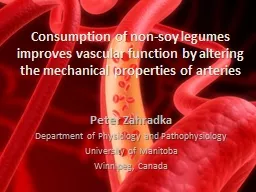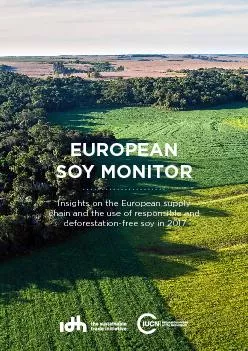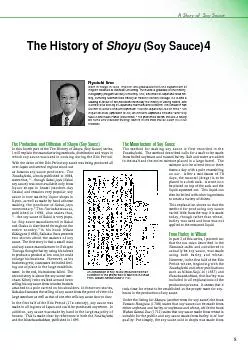PPT-Consumption of non-soy legumes improves vascular function by altering the
Author : partysilly | Published Date : 2020-08-04
mechanical properties of arteries Peter Zahradka Department of Physiology and Pathophysiology University of Manitoba Winnipeg Canada Research Goals To discover
Presentation Embed Code
Download Presentation
Download Presentation The PPT/PDF document "Consumption of non-soy legumes improves ..." is the property of its rightful owner. Permission is granted to download and print the materials on this website for personal, non-commercial use only, and to display it on your personal computer provided you do not modify the materials and that you retain all copyright notices contained in the materials. By downloading content from our website, you accept the terms of this agreement.
Consumption of non-soy legumes improves vascular function by altering the: Transcript
Download Rules Of Document
"Consumption of non-soy legumes improves vascular function by altering the"The content belongs to its owner. You may download and print it for personal use, without modification, and keep all copyright notices. By downloading, you agree to these terms.
Related Documents














